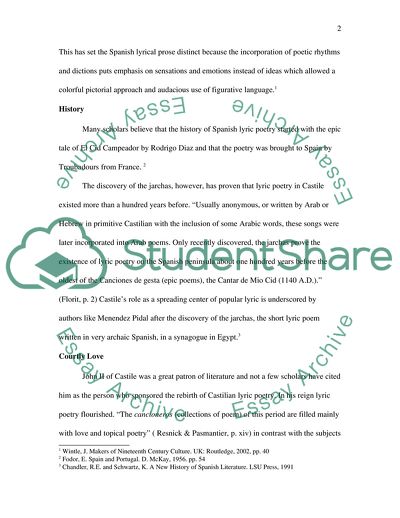Cite this document
(Western Lyric Poetry Literature review Example | Topics and Well Written Essays - 2000 words, n.d.)
Western Lyric Poetry Literature review Example | Topics and Well Written Essays - 2000 words. Retrieved from https://studentshare.org/literature/1706430-the-castilian-lyric
Western Lyric Poetry Literature review Example | Topics and Well Written Essays - 2000 words. Retrieved from https://studentshare.org/literature/1706430-the-castilian-lyric
(Western Lyric Poetry Literature Review Example | Topics and Well Written Essays - 2000 Words)
Western Lyric Poetry Literature Review Example | Topics and Well Written Essays - 2000 Words. https://studentshare.org/literature/1706430-the-castilian-lyric.
Western Lyric Poetry Literature Review Example | Topics and Well Written Essays - 2000 Words. https://studentshare.org/literature/1706430-the-castilian-lyric.
“Western Lyric Poetry Literature Review Example | Topics and Well Written Essays - 2000 Words”. https://studentshare.org/literature/1706430-the-castilian-lyric.


